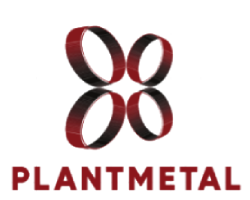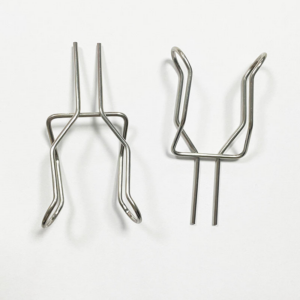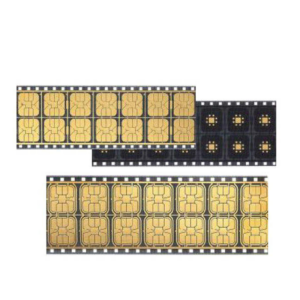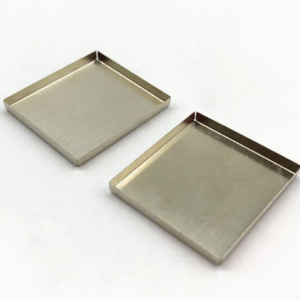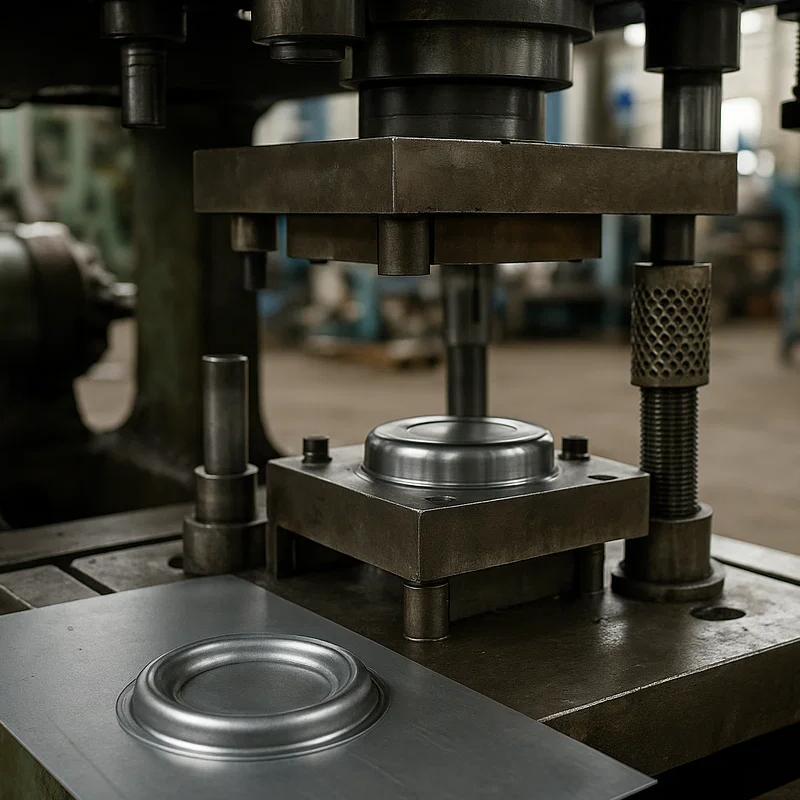Choosing the right metal stamping process for your project is a critical decision that directly impacts cost, production efficiency, and the quality of your parts. At Plantmetal, we specialize in delivering customized Металлическая штамповка solutions, and over the years, we’ve developed a deep understanding of how to guide clients through this often complex process. In this blog, we’ll take a closer look at each stage of metal stamping, the factors you need to consider, and how to ensure your project’s success.
By diving into these key stages, you’ll be equipped to make informed decisions and avoid common pitfalls. Whether you’re a seasoned engineer or a first-time project manager, understanding the nuances of metal stamping helps you streamline the process and avoid costly mistakes. Let’s begin.

1. Design and Engineering: The Foundation of a Successful Project
Every successful stamping project begins with a well-crafted design. At Plantmetal, we work closely with our clients from the start, reviewing 2D and 3D CAD files to ensure they meet manufacturability standards. Before moving forward, we perform a Design for Manufacturability (DFM) analysis, which helps us identify potential issues early on, such as design elements that could increase tooling costs or lead to production delays.
By addressing these concerns in the design phase, we help our clients save money and avoid future headaches. It’s not just about creating a part that looks good on paper—it’s about ensuring it can be efficiently and cost-effectively produced.
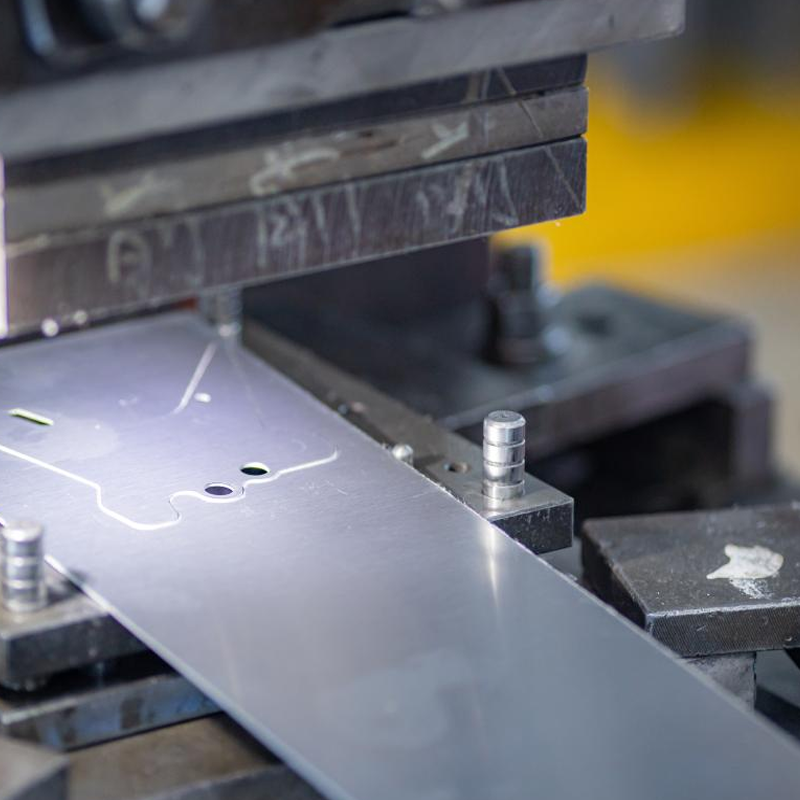
2. Tool and Die Creation: Crafting Precision Tools
The next critical stage is tool and die creation. At Plantmetal, our engineers and toolmakers craft custom dies with the utmost precision to ensure your parts are produced exactly as intended. Dies are the backbone of the stamping process, determining how the metal will be shaped, cut, and formed. The quality of your die affects the overall precision of your parts and ultimately the cost per unit.
We understand that tool and die creation can be one of the most significant investments in a project. That’s why we emphasize precision and efficiency in every die we produce. A high-quality die is an investment that will pay off in the long run by ensuring consistent, high-quality parts with minimal defects.
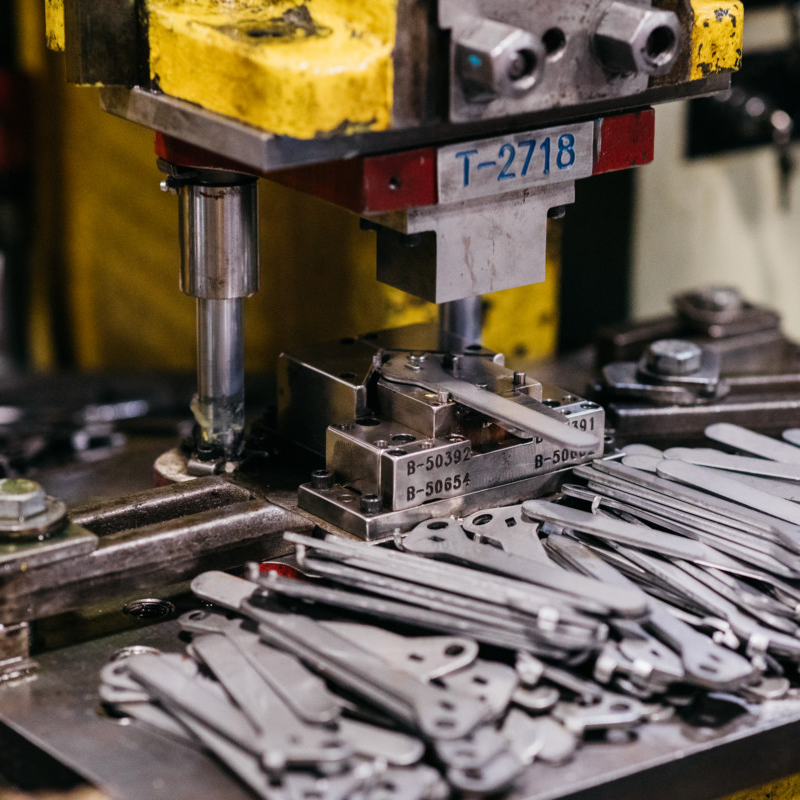
3. Material Selection: Choosing the Right Metal for the Job
The material you choose for your stamping project is paramount. A poor material choice can compromise the durability, functionality, and performance of your parts, leading to failures or costly recalls. At Plantmetal, we help our clients choose the right material by considering key factors such as strength, weight, corrosion resistance, conductivity, and cost.
For example, carbon steel is an excellent choice for applications requiring strength at an affordable price, while stainless steel offers superior corrosion resistance for applications in harsh environments. Aluminum is lightweight and rust-resistant, making it ideal for aerospace and automotive parts, while copper and brass are excellent for electrical components due to their high conductivity.
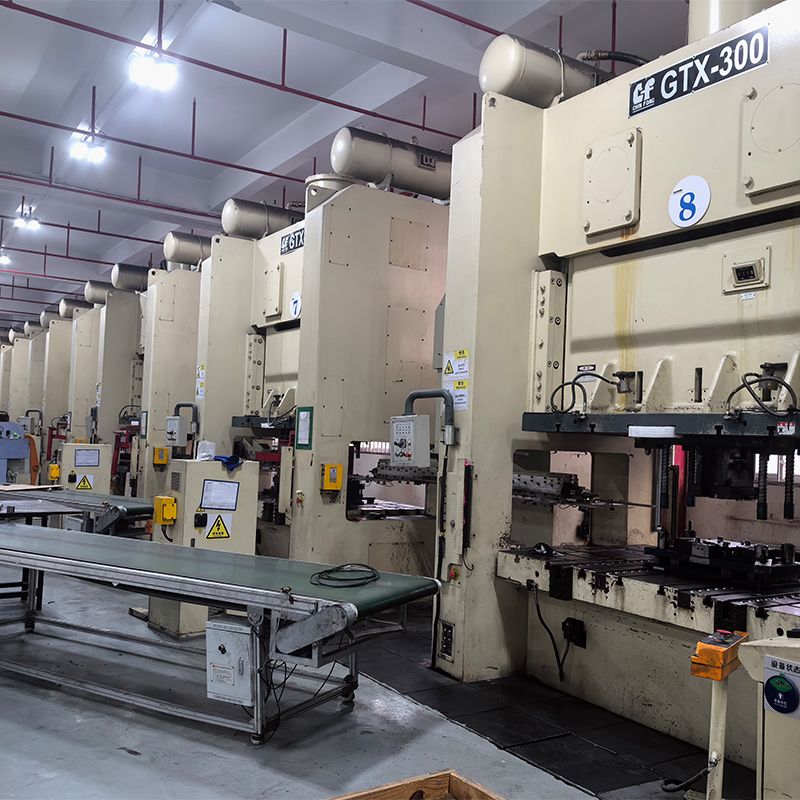
4. Stamping Operations: Transforming Metal into Precision Parts
Once the design and materials are finalized, the stamping operation begins. Metal sheets or coils are fed into the press, where the die shapes the metal according to the specifications. During this stage, we use high-precision presses to ensure your parts are formed with accuracy and efficiency.
At Plantmetal, we utilize various stamping methods depending on the complexity and volume of the project. Progressive die stamping is ideal for high-volume, complex parts, while single-station die stamping is more suited for low-volume, simple parts. We work with you to determine which process best suits your needs, ensuring cost-effectiveness and high-quality output.
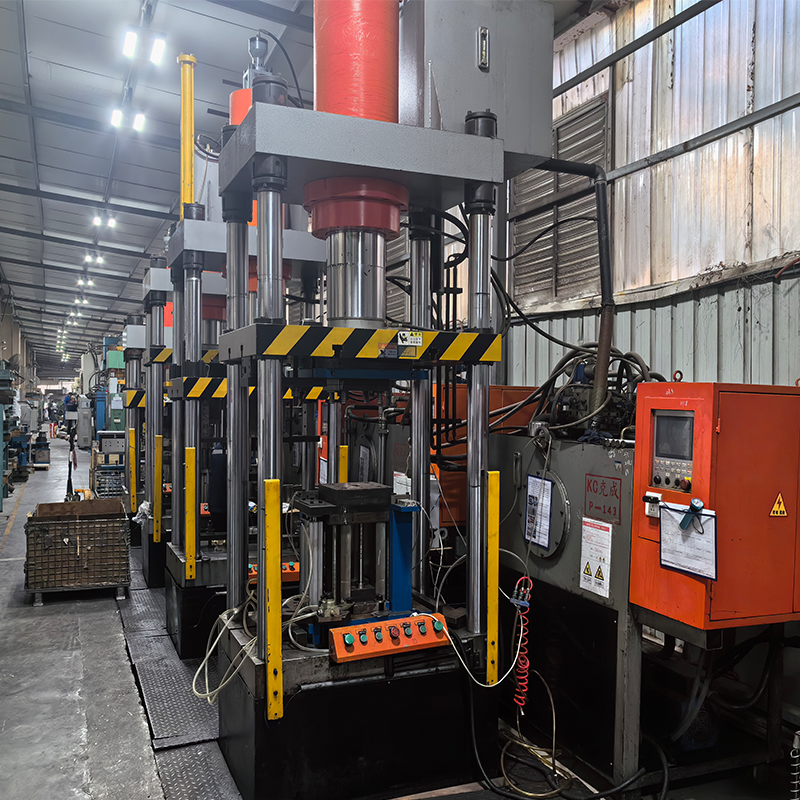
5. Secondary Operations: Adding Final Touches
In some cases, the stamped parts require additional features that go beyond the initial stamping operation. These can include in-die tapping, piercing, coining, or other secondary operations that add value to the final product. At Plantmetal, we offer a range of secondary services to meet our clients’ specific requirements, including assembly and finishing.
Secondary operations ensure that your parts are fully functional and meet all design specifications. Our clients often ask, “Can we add features like threading or embossing after stamping?” Yes, absolutely. These extra steps can significantly enhance the utility and quality of your parts.
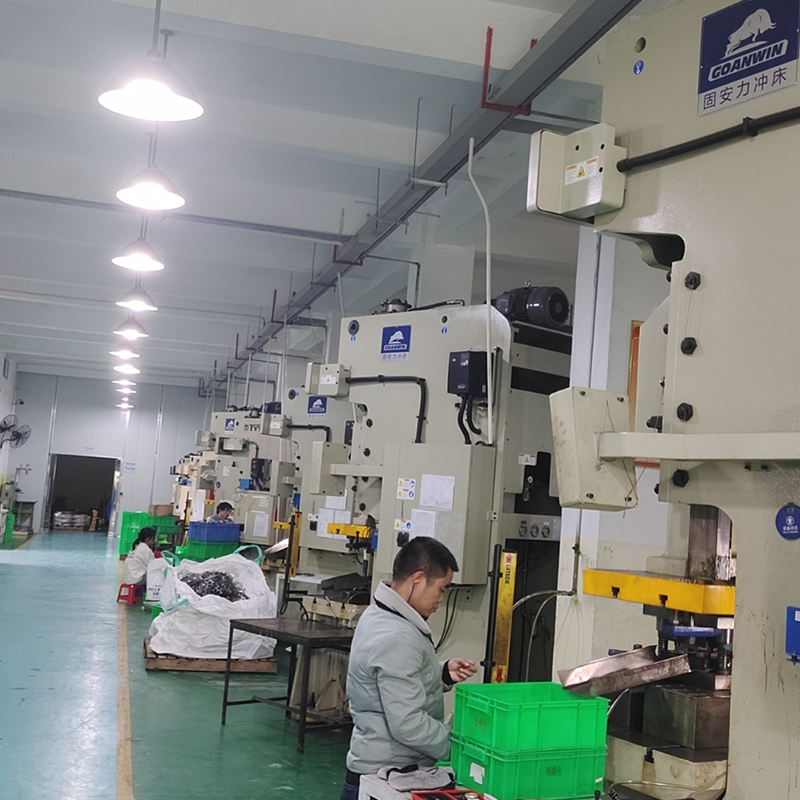
6. Finishing: Protecting and Improving the Appearance of Your Parts
Finishing is an essential stage that ensures your parts not only perform well but also look good and are durable. Depending on your needs, we offer various finishing options, including plating, powder coating, and anodizing. These finishes can protect against corrosion, improve aesthetics, or enhance the functionality of your parts, such as making them more resistant to wear and tear.
At Plantmetal, we understand the importance of finishing. Whether it’s applying a rust-resistant coating for automotive parts or providing a sleek finish for consumer products, we ensure your parts meet your exact specifications.
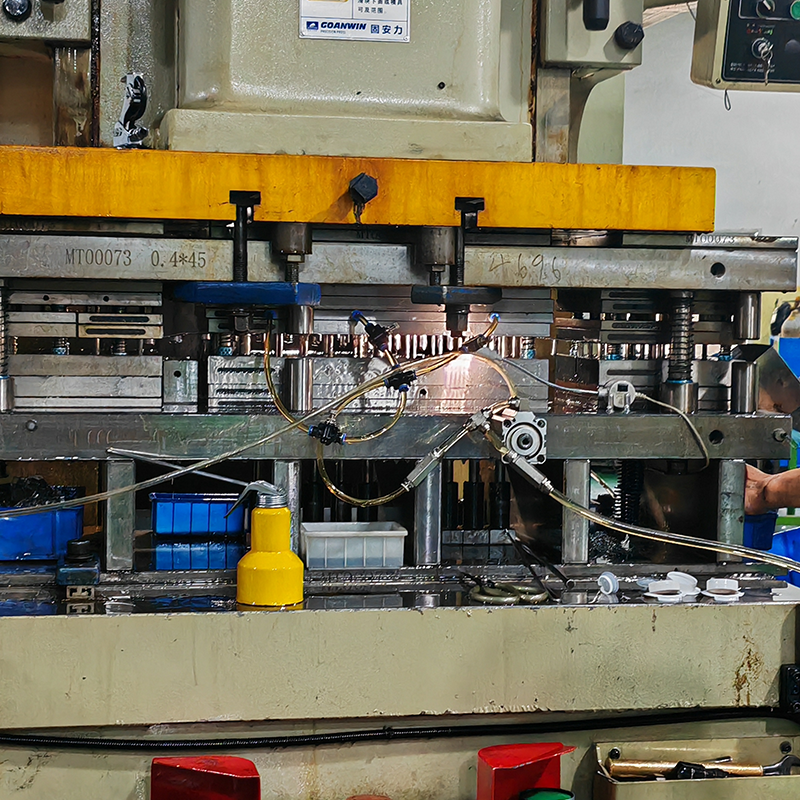
7. Quality Inspection and Assembly: Ensuring Perfection
No project is complete without a rigorous quality inspection. At Plantmetal, we perform 100% inspection on all stamped parts to ensure they meet your tolerances and specifications. This includes dimensional checks, visual inspections, and performance testing to confirm that each part functions as expected.
Once the parts pass inspection, we can proceed to assembly if needed, integrating your stamped parts with other components for a complete solution. We understand that the final product’s functionality is paramount, and we work diligently to ensure that every part meets your expectations.
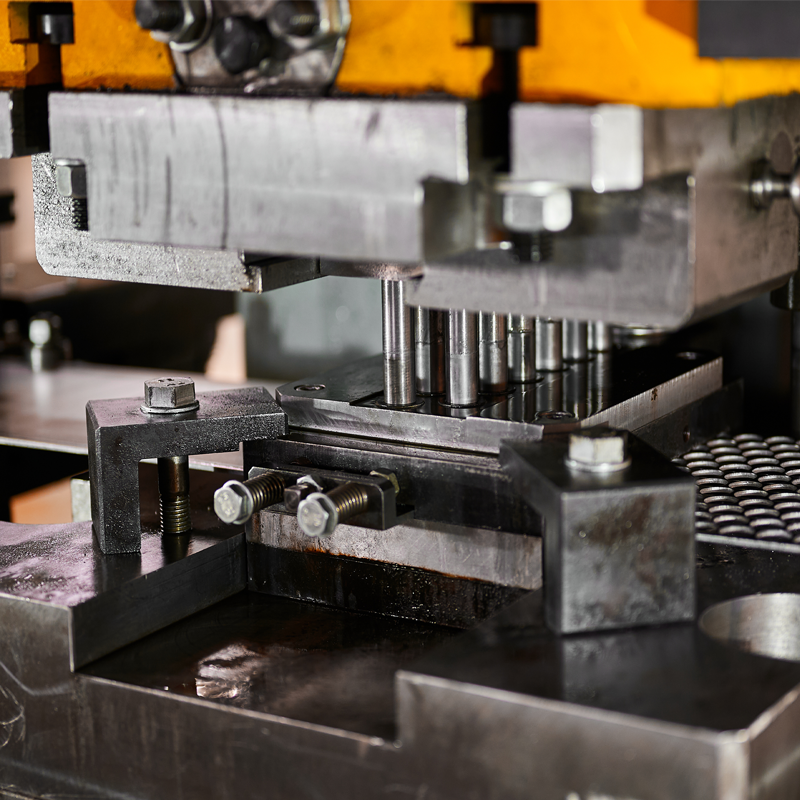
8. How to Choose the Right Metal Stamping Process for Your Project
The right stamping process depends largely on your project’s volume and complexity. To help guide our clients, we’ve developed a simple table to summarize the most common stamping processes:
| Тип процесса | Best For | Tooling Cost | Part Cost |
|---|---|---|---|
| Прогрессивный штамп | High volume, complex parts | Высокий | Very Low |
| Single-Station Die | Low volume, simple parts | Low | Higher |
| Fourslide Stamping | Intricate, bent parts (clips, brackets) | Medium | Medium |
Choosing between progressive die stamping and single-station die stamping is a crucial decision. Progressive dies are best for large-volume runs, where the tooling cost is offset by the low per-part cost. For smaller, less complex runs, single-station dies offer a more economical option, though the per-part cost may be higher.
Conclusion: Achieving Success with Plantmetal
At Plantmetal, we guide our clients through every stage of the metal stamping process to ensure that their projects are successful, cost-effective, and high-quality. From design and engineering to material selection and finishing, we are here to help you make the best decisions for your project.
Whether you’re unsure about the best stamping process or need help choosing the right material, we’re ready to assist. We work closely with you to ensure that your parts are produced to exact specifications, on time, and within budget.
Are you ready to start your next metal stamping project? Reach out to Plantmetal today, and let’s work together to bring your vision to life. Your success is our top priority!
